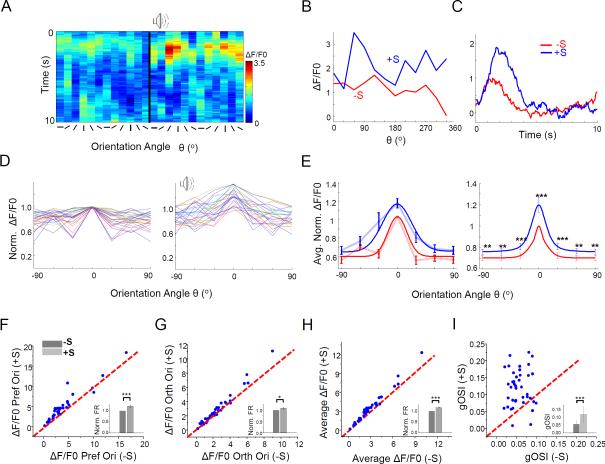Figure 5. Visual responses of L1 neurons are enhanced by sound.
(A) Color map of Ca2+ responses of an example L1 neuron to gratings (average of 5 repetitions) in the absence (left block) and presence (right) of sound stimulation.
(B) Tuning curves of peak Ca2+ response level in the absence (red) and presence (blue) of sound, plotted for the same cell shown in (A).
(C) Time-dependent ΔF/F0 averaged across all orientations for the same cell.
(D) Normalized tuning curves in the absence (left) and presence (right) of sound for all imaged L1 neurons (n = 40).
(E) Left, average normalized Ca2+ response amplitudes of all L1 neurons. Bright red and blue curves are Gaussian fits. Right, average of all Gaussian fits of individual L1 cells.
(F-I) Plots of peak Ca2+ response amplitude at the preferred (F) and orthogonal orientation (G), of average response amplitude across all orientations (H), as well as of gOSI value (I) in the sound-on versus sound-off conditions for all L1 cells. Insets, average values. *, p < 0.05; ***, p < 0.001, Wilcoxon signed-rank test (E, F) or paired t-test (G, H). Error bar = SEM (E-G) or SD (H).

